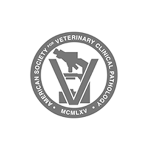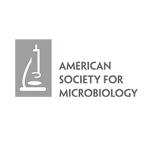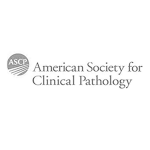MiraVista Diagnostics Strives to Continually Improve Fungal Testing
Improved MVista® Histoplasma Antigen Quantitative EIA
At A Glance
- MiraVista Diagnostics will soon transition to an improved Histoplasma antigen test.
- Urine, serum, plasma, BAL fluid, and CSF can all be tested.
- An expanded quantifiable concentration range (0.2 – 20.0 ng/mL) without a ‘below the limit of quantification (BLQ) result facilitates treatment monitoring.
- Results are reported the same day the specimen is tested in 90% of specimens.
- Advantages of the older test are maintained: high quality results, established role for monitoring treatment [1
Wheat LJ, Freifeld AG, Kleiman MB, et al. Clinical practice guidelines for the management of patients with histoplasmosis: 2007 update by the Infectious Diseases Society of America. Clin Infect Dis 2007 Oct 1; 45(7):807-25. ], quick turnaround and access to consultants experienced with diagnosis and treatment of histoplasmosis and other endemic mycoses.
The MVista® Histoplasma antigen test is highly sensitive and specific
The MVista® Histoplasma Antigen Quantitative EIA [2
Testing serum is useful for diagnosis of cases with negative results in urine especially in patients with acute pulmonary histoplasmosis, where up about half of cases may have been missed if only urine was tested [3
The MVista® Histo Ag EIA is useful for guiding treatment [4
The improved MVista® Histoplasma Ag EIA retains the advantages of the older assay: unequaled accuracy, quick turnaround time, and availability of consultants experienced with diagnosis and management of histoplasmosis.
The improved MVista® Histoplasma antigen test has undergone rigorous validation studies
The improved MVista® Histo Ag EIA has undergone rigorous validation testing, and results are impressive. As expected, cross-reactivity occurs in 90% of specimens from patients with blastomycosis [2
At MiraVista, quality-control goes beyond test development and validation. There are many layers of safeguards built into the daily testing protocols to ensure that results are highly accurate. Free consultation is provided for questions related to use of these tests for diagnosis and patient management.
REFERENCES:
- Wheat LJ, Freifeld AG, Kleiman MB, et al. Clinical practice guidelines for the management of patients with histoplasmosis: 2007 update by the Infectious Diseases Society of America. Clin Infect Dis 2007 Oct 1; 45(7):807-25.
- Hage CA, Ribes JA, Wengenack NL, et al. A multicenter evaluation of tests for diagnosis of histoplasmosis. Clin Infect Dis 2011 Sep; 53(5):448-54.
- Swartzentruber S, Rhodes L, Kurkjian K, et al. Diagnosis of acute pulmonary histoplasmosis by antigen detection. Clin Infect Dis 2009 Dec 15; 49(12):1878-82.
- Connolly PA, Durkin MM, LeMonte AM, Hackett EJ, Wheat LJ. Detection of histoplasma antigen by a quantitative enzyme immunoassay. Clin Vaccine Immunol 2007 Dec; 14(12):1587-91.
- Wheat LJ, Connolly-Stringfield P, Blair R, Connolly K, Garringer T, Katz BP. Histoplasmosis relapse in patients with AIDS: detection using Histoplasma capsulatum variety capsulatum antigen levels. Ann Intern Med 1991 Dec 15; 115(12):936-41








